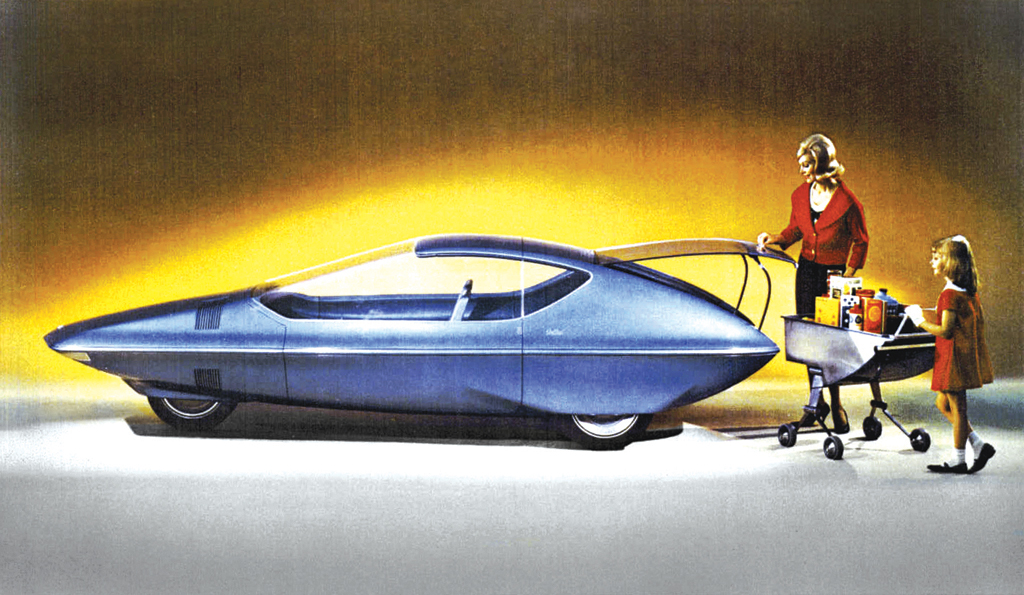While I’m clearly excited (and concerned) about autonomous cars, I think the shock of this new technology, something that wasn’t even discussed much in the general population just five years ago, has caused some to believe the future is now or tomorrow at least. It will likely take longer, and we’re probably in for a long run of robocars and traditional ones sharing lane space. In a new piece, Vivek Wadhwa of Venturebeat disagrees. The opening:
“My prediction is that in fewer than 15 years, we will be debating whether human beings should be allowed to drive on highways.
After all, we are prone to road rage; rush headlong into traffic jams; break rules; get distracted; and crash into each other. That is why our automobiles need tank-like bumper bars and military-grade crumple zones. And it is why we need speed limits and traffic police.
Self-driving cars won’t have our limitations. They will prevent tens of thousands of fatalities every year and better our lifestyles. They will do to human drivers what the horseless carriage did to the horse and buggy.
Tesla’s announcement of an autopilot feature in its next-generation Model S takes us much closer to this future. Yes, there are still technical and logistical hurdles; some academics believe it will take decades for robotic cars to learn to navigate the complexities of the ‘urban jungle;’ and policy makers are undecided about the rules and regulations.
But just as Tesla produced an electric vehicle that I liken to a spaceship that travels on land, so too will it keep adding software upgrades until its autopilot doesn’t need a human operator at the steering wheel. I expect this to happen within a decade — despite the obstacles. I have already placed an order for the new model so that I can be part of this evolution.”
Tags: Vivek Wadhwa

